1,576 days, 2,409 entries ...
Newsticker, link list, time machine: HOLO.mg/stream logs emerging trajectories in art, science, technology, and culture––every day
UC San Diego’s Mandeville Art Gallery opens “Bodily Autonomy,” Lauren Lee McCarthy’s largest solo show in the U.S. to date. Curator Ceci Moss brings together two major series of works—Surrogate (2022) and Saliva (2022)—in which the Chinese-American artist examines bio-surveillance through performances, videos, and installations. A newly commissioned Saliva Bar, for example, invites visitors to reflect on data privacy, race, gender, and class as they pertain to genetic material over traded spit samples.
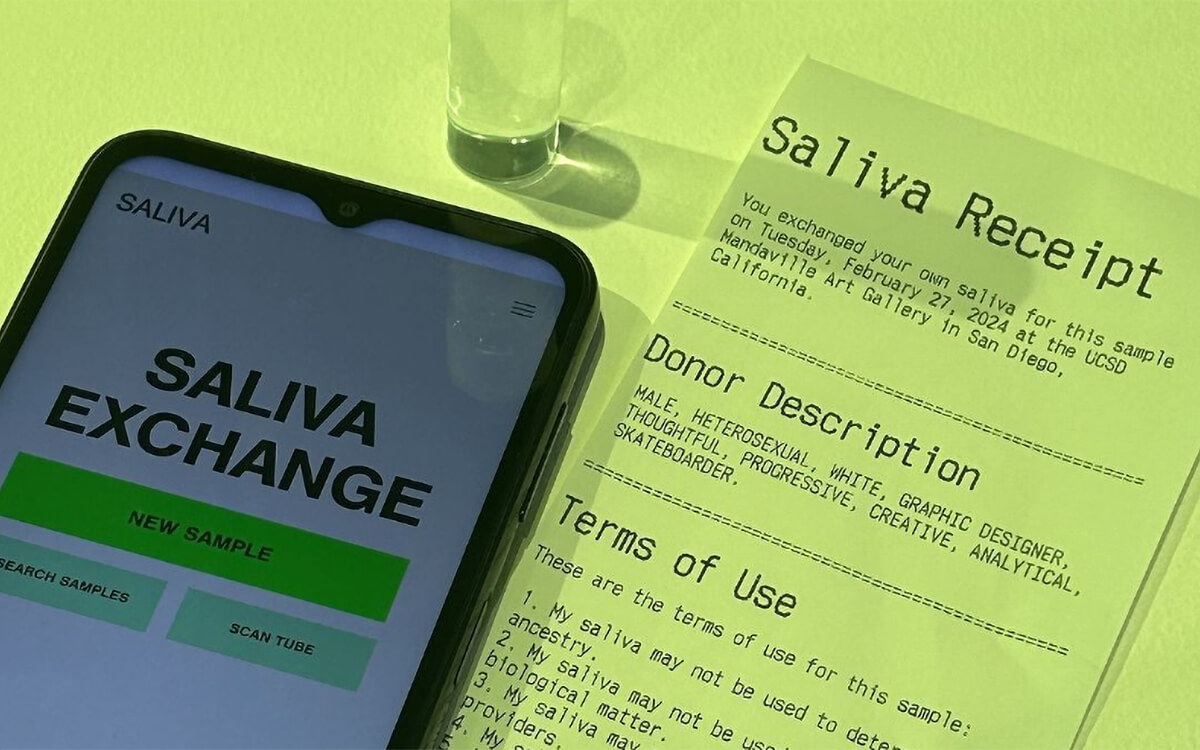
Amsterdam’s NEMO Science Museum unveils a giant meatball made from cultivated woolly mammoth flesh. Created to spark conversations about sustainable meat alternatives, food engineers from the Australian cultured meat company Vow inserted sheep cells with the mammoth myoglobin gene. “When it comes to meat, myoglobin is responsible for the aroma, the colour and the taste,” James Ryall, Vow’s Chief Scientific Officer explains. Where Vow’s mammoth DNA sequence had gaps, African elephant DNA was spliced in for completion.
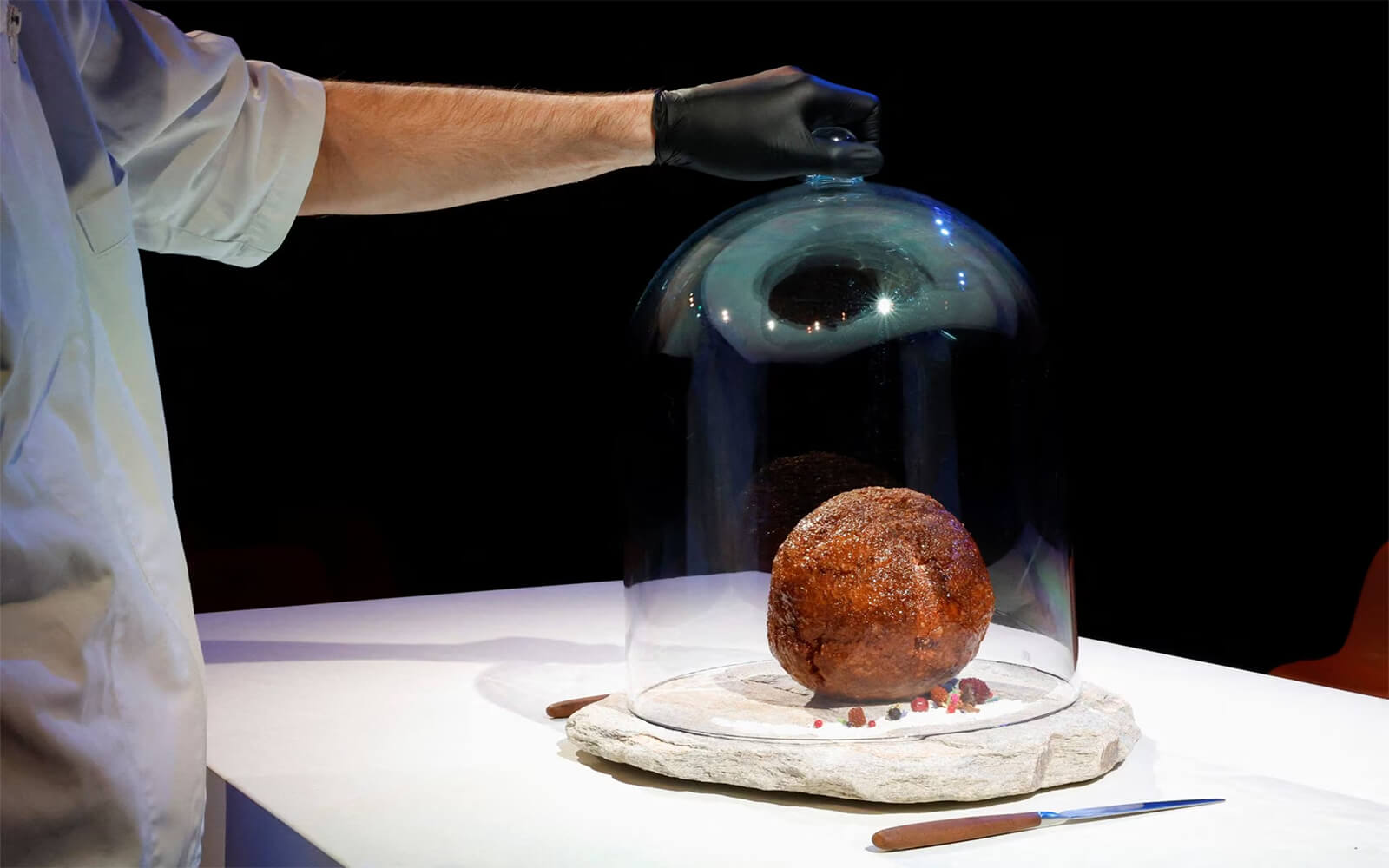
“Data Garden,” an exhibition by Kyriaki Goni, opens at Blenheim Walk Gallery in Leeds, UK. In it, the Greek artist presents her eponymous ongoing series (image), which uses CGI and sculpture to chronicle Saxifraga depressa and Micromeria acropolitana, plant species native to the Dolomites mountain range and the Acropolis. Presenting plant DNA as a communication protocol that links communities, Goni centres “deep time, geological transformations, and plant history.”
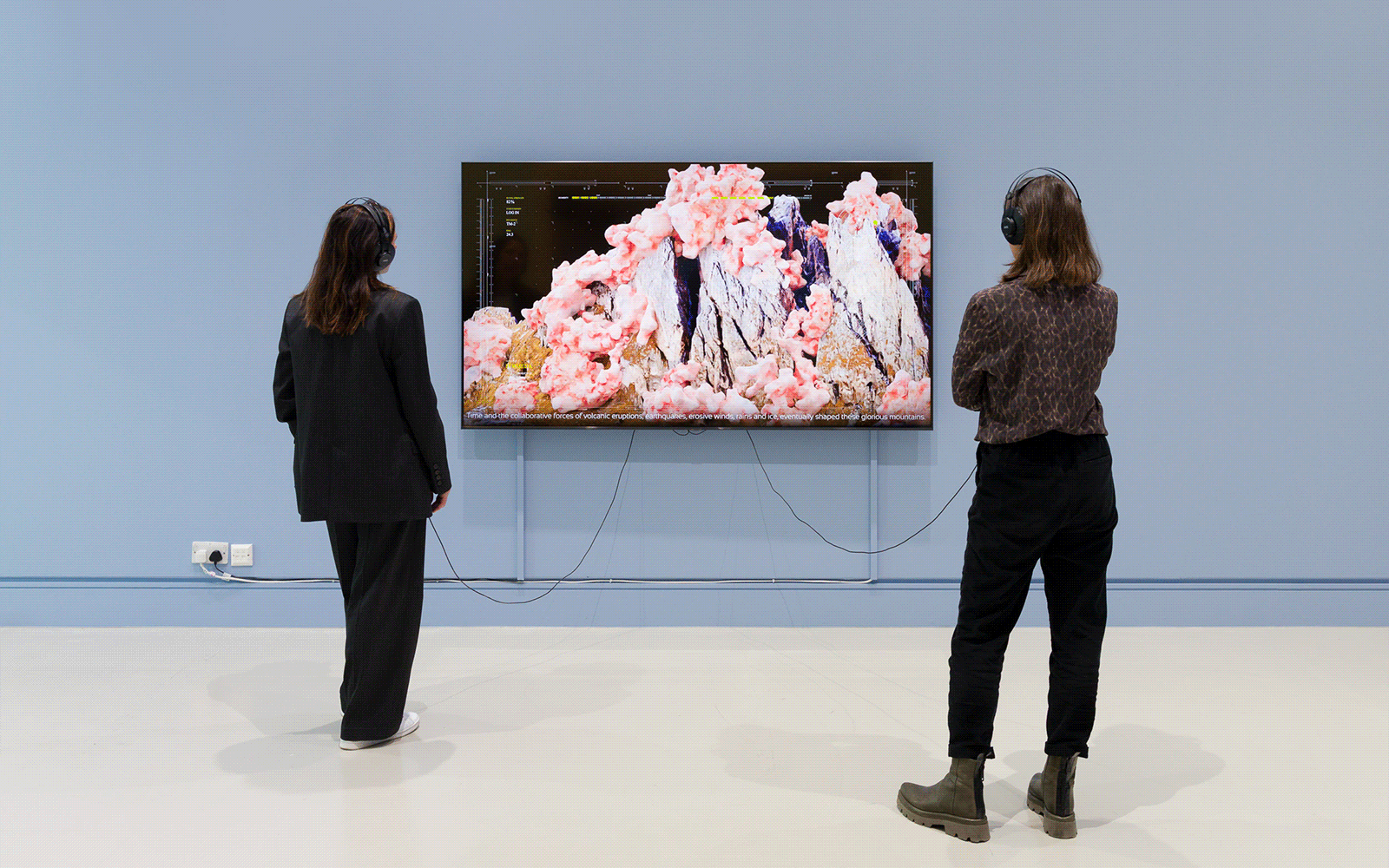
A retrospective collecting 40 works by the Australian artist, “Patricia Piccinini: We Are Connected” opens at Singapore’s ArtScience Museum. Showcasing her unsettling sculptures and installations that morph contemporary biopolitics towards the grotesque, the show features works including The Bond (2016, image centre) and The Field (2018, image), which, respectively, depict a mother cradling a human-ish fleshy creature, and a (wildly) genetically modified crop.
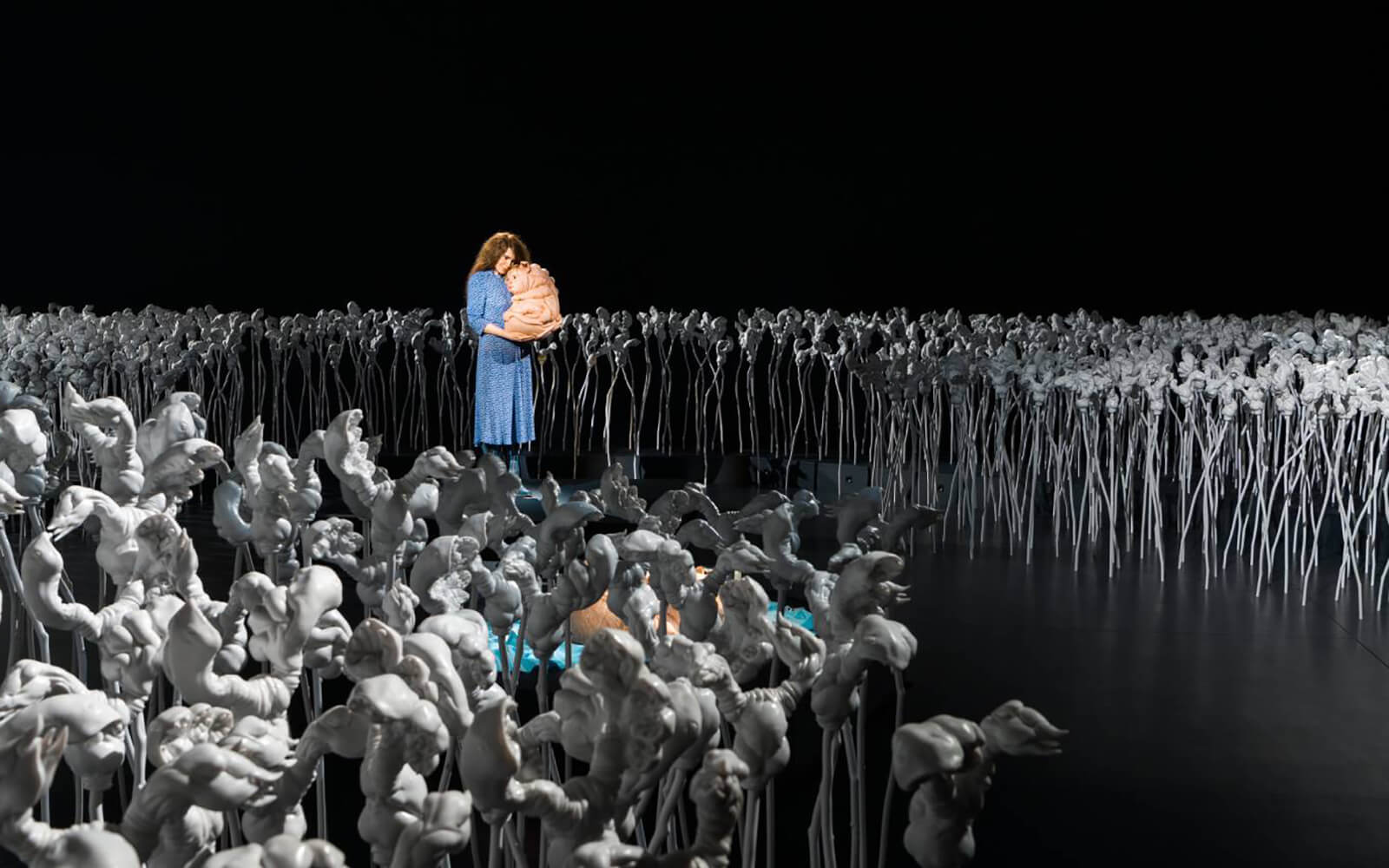
Researchers create the world’s first synthetic embryos—no sperm, eggs, or fertilization required. Molecular Geneticist Jacob Hanna and his team accomplished the feat by reprogramming stem cells from mice back to a naïve state, and simulating a placenta’s blood and oxygen requirements with a nutrient solution; the cells self-assembled into embryo-like structures with an intestinal tract, a proto-brain, and a heart. “Our next challenge is to understand how stem cells know what to do,” says Hanna.
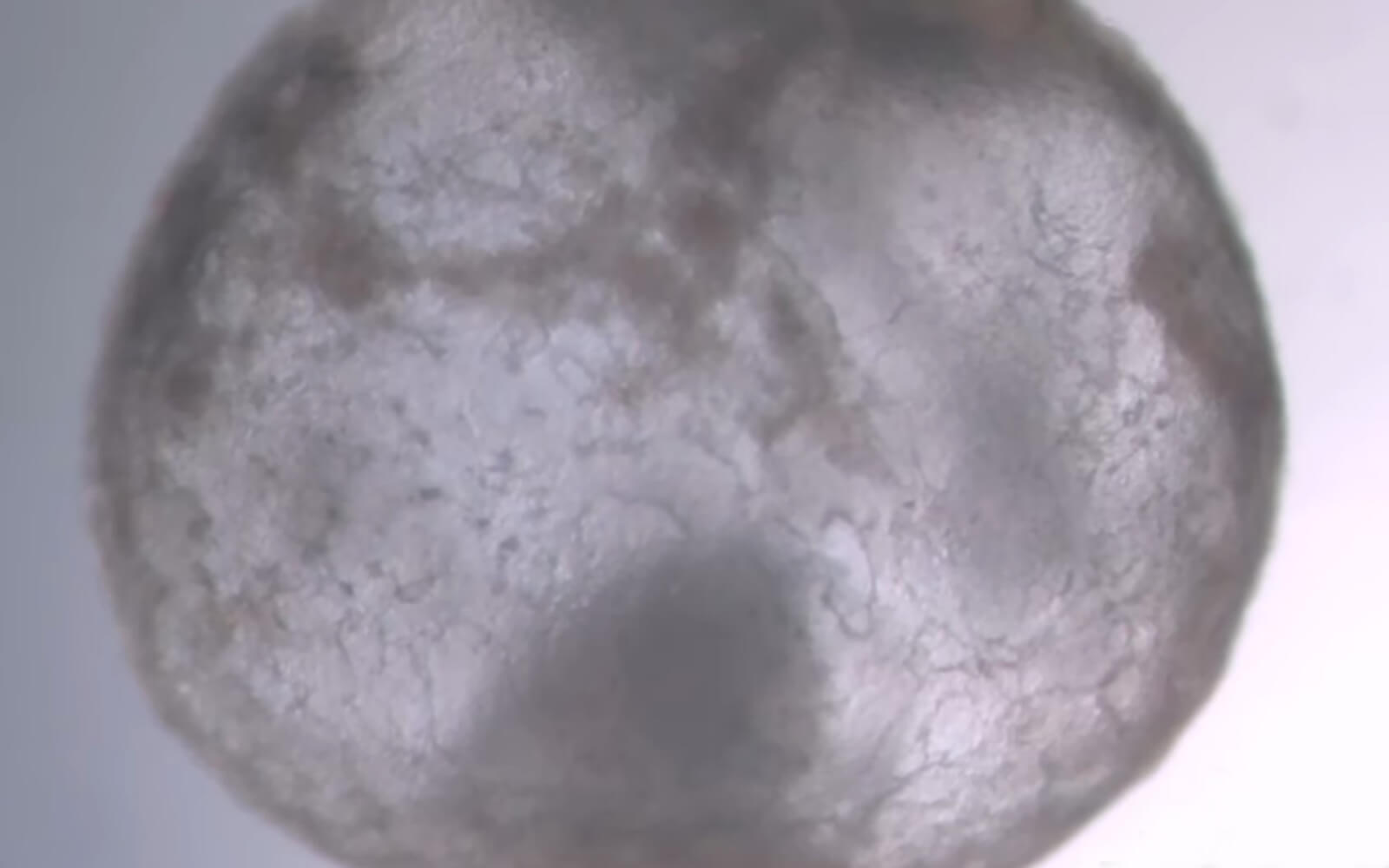
“Chronicles from a near Future,” a show featuring two installations addressing biodiversity, opens at iMAL, Brussels. Golnaz Behrouznia and Dominique Peysson’s Phylogenèse Inverse (2022, image) draws inspiration from Turritopsis dohrnii (the immortal jellyfish), presenting vitrines of de-evolved “lifeforms with strange anatomies and enigmatic functions,” while Stéfane Perraud’s Sylvia (2022) offers an at times “absurd or conspiratorial” audio narrative about a forest in peril.
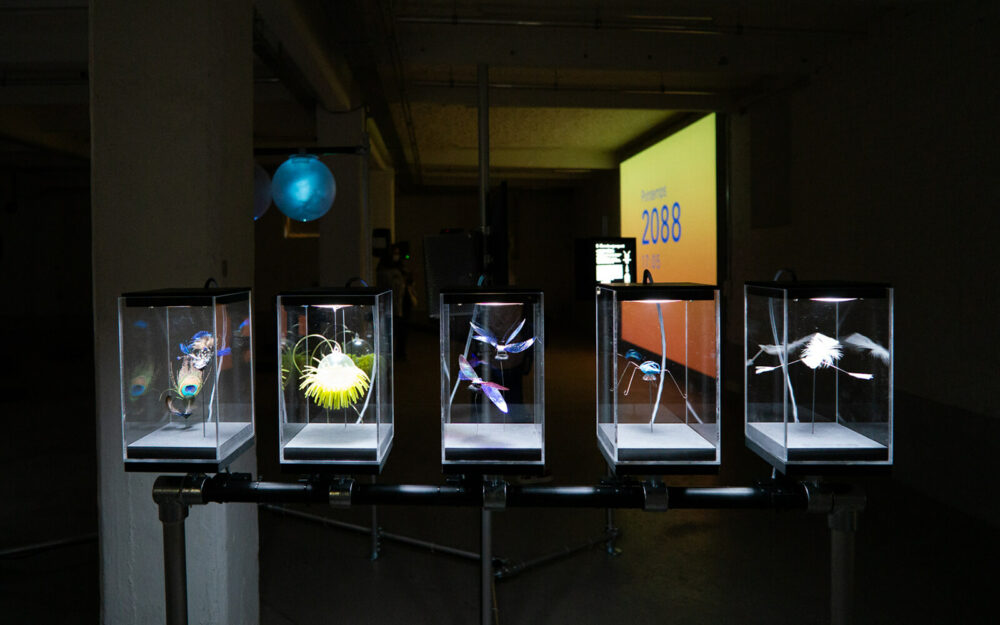
For the New York Times, James Gorman profiles a geneticist team led by Christopher B. Kaelin and their recent findings in cat coat pattern formation. An instance of reaction diffusion (formulated in Alan Turing’s 1952 paper “The Chemical Basis of Morphogenesis”), embryonic analysis of 200 kitten litters identified Dkk4, the gene that acts as an inhibitor to create “spots, stripes, and everything in between,” and how tissues lay the groundwork for those patterns—before hair or hair follicles appear.
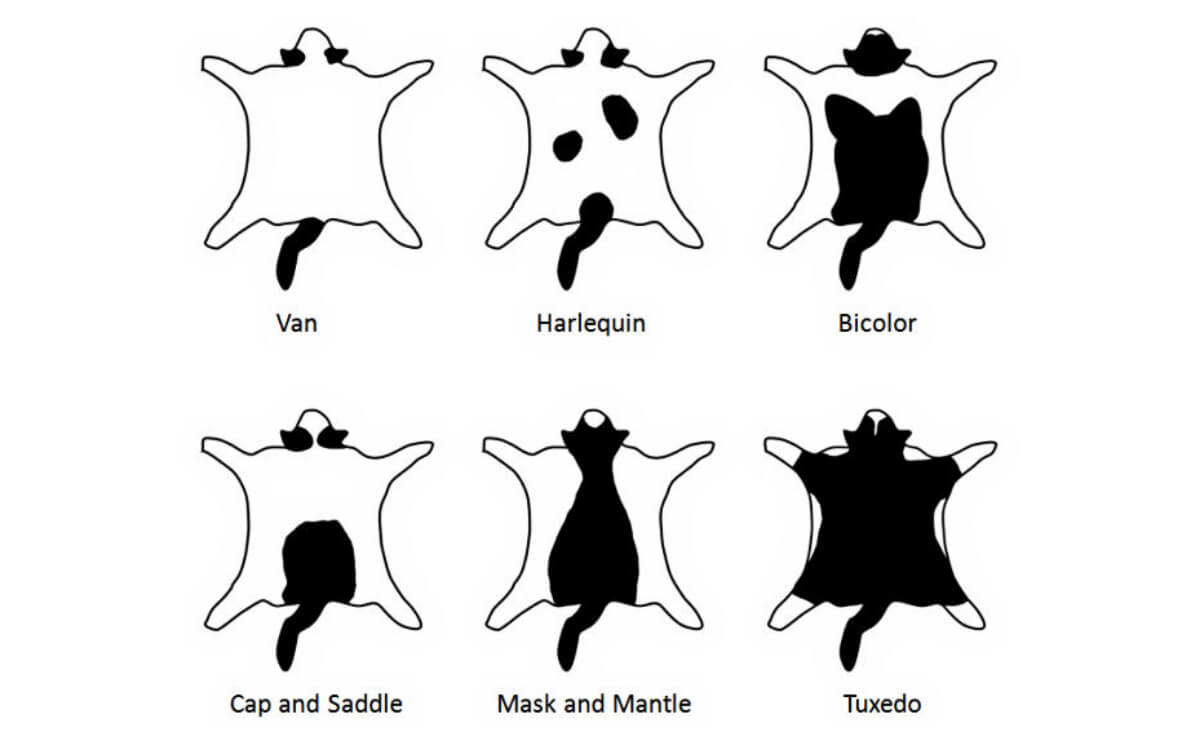
Collaborating with microbiologists at the University of Natural Resources and Life Sciences Vienna (AT), bioartists Anna Dumitriu and Alex May premiere Fermenting Futures at the 15th International Congress on Yeasts. The work explores a Pichia pastoris yeast that Dumitriu and May CRISPR-modified to capture carbon and output lactic acid for the creation of biodegradable plastic. The project aims to highlight the potential of yeast—“the workhorse of biotechnology”—and is scheduled for several major exhibitions in 2022.
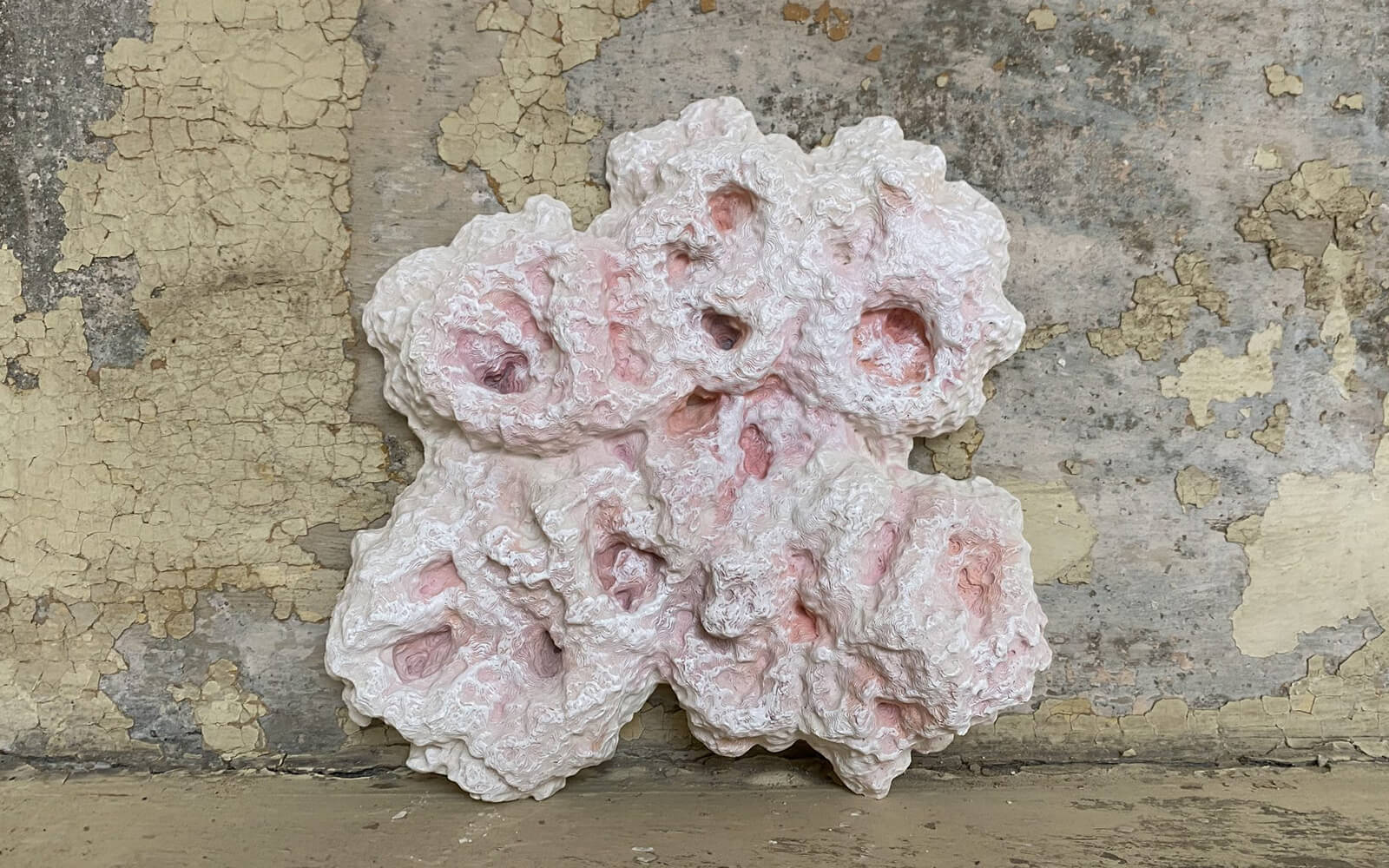
“In 2011, Trifonov reviewed 123 definitions of life. Each was different, but the same words showed up again and again … he concluded that all the definitions agreed on one thing: life is self‐reproduction with variations.”
“Although it felt a little creepy engineering a drug-resistant strain of E. coli in my kitchen, there was also a sense of achievement, so much so that I decided to move on to the second project in the kit: inserting a jellyfish gene into yeast in order to make it glow.”
“What you’re offering by [encoding digital data as DNA] inside the cell is the machinery the cell has to protect its DNA.”
Google AI offshoot DeepMind announces a major breakthrough in solving the “protein folding problem”—determining a protein’s 3D shape from its amino-acid sequence. Considered one of biology’s grand challenges due to myriad possible configurations, DeepMind’s AI system AlphaFold has demonstrated it can predict protein structures with high accuracy, vastly outperforming other more laborious, costly techniques. “It’s a game-changer,” says Andrei Lupas, an evolutionary biologist at the Max Planck Institute in Tübingen, Germany. “This will change medicine. It will change research. It will change bioengineering. It will change everything.”
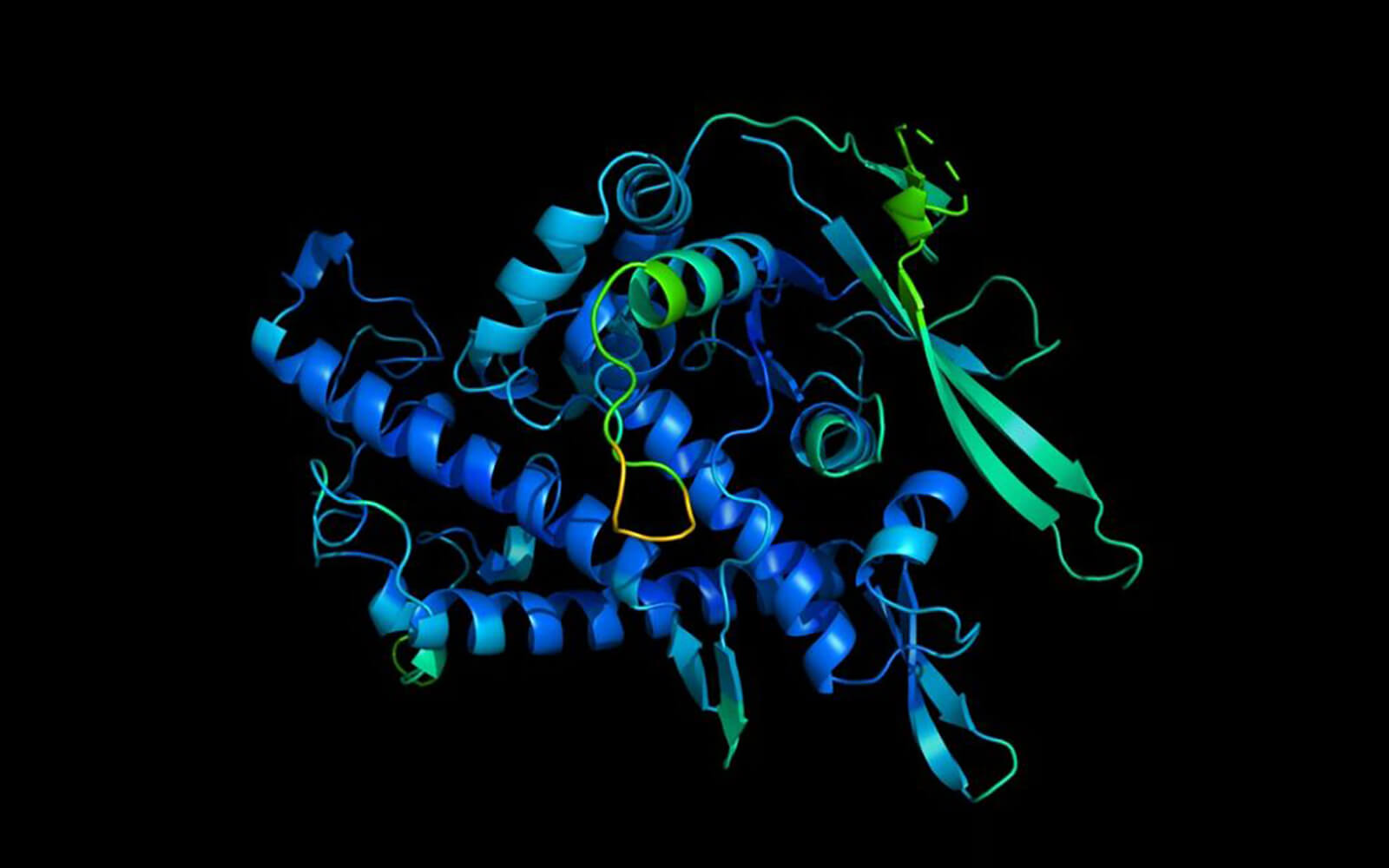
Daily discoveries at the nexus of art, science, technology, and culture: Get full access by becoming a HOLO Reader!
- Perspective: research, long-form analysis, and critical commentary
- Encounters: in-depth artist profiles and studio visits of pioneers and key innovators
- Stream: a timeline and news archive with 1,200+ entries and counting
- Edition: HOLO’s annual collector’s edition that captures the calendar year in print
